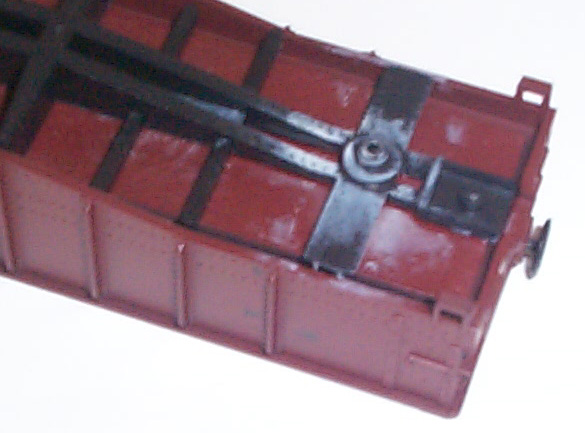The critical thing to remember with super glue is it works FAST. You need to dry fit all of you parts first. If you want to pieces to go together then try fitting them without glue. This will let you know if there are any size issues. Finding out that the "peg" is too big for the "hole" is alot easier when there is no glue involved. For instance, I have found that most Athearn smokestacks on their cabeese are too big to fit in the hole. They need to be sanded a little to fit properly. Try jamming it in there with glue and you will quickly see what a mess it makes.
Another thing to remember with Super Glue is that your fingerprints may show up on the model. On dark colored cars the fumes from the super glue react with the oily fingerprints and they show up white. The only thing you can do is weather over the area with drybrushing or streaking. I have found that if you use globs of glue you can also get white streaks on the side of the car, even without fingerprints. I suggest using just a really small amount of glue.
Below is my WM hopper, if you look carefully on the far
inside wall of the car, you can see the white ring around the inside support
rib (just left of the center of the car). This ring is caused by
super glue fumes. I try and hide the rings when this happens, but
sometimes I don't get them all. This is a very minor case of super
glue damaging your paint jobs.
Below is the bottom of my Western Maryland gondola before
painting. It is obvious where I handled the black part when gluing
it on to the car. The fumes from the superglue make your finger oils
turn white on the car.
